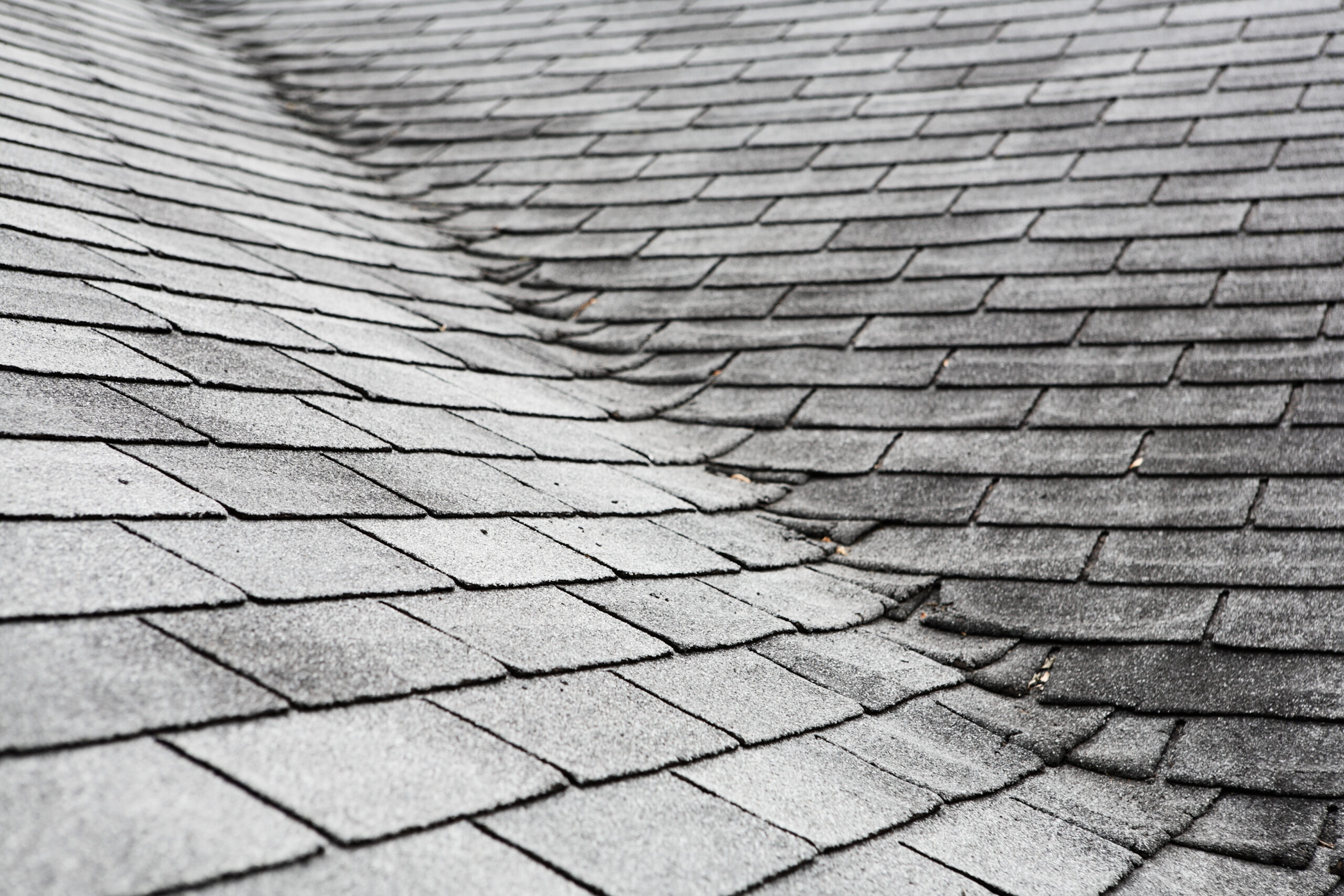
02 Sep Home Maintenance Headaches: Does a 10-Year-Old Roof Need to Be Replaced?
When it comes to maintaining your home, one of the biggest concerns is the condition of your roof. If your roof is only 10 years old, you might wonder whether it needs to be replaced or if it’s still in good shape. Under normal circumstances (proper installation, quality materials, maintenance, etc), a roof that is 10 years old should be in fine shape. Unfortunately, there are factors that can lead to a 10-year-old roof needing to be replaced before its product life expectancy runs out. In this post, we’ll explore the key factors to consider before deciding whether your roof needs replacement and what you can do to extend its life.
1. What Type of Roof Do You Have?
The lifespan of your roof largely depends on the material used. Here’s a breakdown of the average life expectancy for common roofing materials:
- Asphalt shingles: 20-30 years
- Metal roofs: 40-70 years
- Wood shingles or shakes: 25-30 years
- Clay or concrete tiles: 50+ years
- Slate roofs: 75-100 years
If your roof is only 10 years old, and made of materials like asphalt or wood, it’s likely not time for a full replacement yet. However, if it’s made from a less durable material or has experienced significant wear, you should pay close attention to its condition.
2. Signs Your 10-Year-Old Roof Might Need Attention
Even if your roof has yet to reach the end of its lifespan, it’s important to look out for signs of damage or deterioration. Regular inspections can help you spot issues before they become major problems. Here are some things to look for:
- Missing or cracked shingles: If you see visible damage to the shingles, such as cracks or missing sections, it could signal that your roof is compromised.
- Granule loss: Asphalt shingles lose granules over time. Check your gutters for excessive granules, which could indicate that your shingles are deteriorating faster than expected.
- Water leaks or stains: Water damage inside your home is a red flag. Stains on the ceiling or walls may indicate that your roof is allowing water to seep in.
- Moss or algae growth: While moss or algae aren’t necessarily damaging, their presence can retain moisture on your roof, leading to faster wear and tear.
3. Has the Roof Experienced Extreme Weather?
Weather conditions can significantly affect the lifespan of your roof. A 10-year-old roof that’s been exposed to harsh weather conditions—such as hurricanes, hailstorms, or heavy winds and rain—may deteriorate more quickly. After any major weather event, it’s a good idea to schedule a professional inspection.
4. How Well Has the Roof Been Maintained?
Regular roof maintenance is crucial for longevity. If your roof has been well-maintained, with routine inspections and minor repairs, it could last much longer than a neglected roof. Key maintenance tasks include:
- Cleaning gutters regularly to prevent water buildup.
- Replacing damaged shingles as soon as they’re noticed.
- Removing debris, such as leaves and branches, to prevent moisture buildup.
If your roof hasn’t been maintained properly, it might require replacement sooner than expected, even if it’s only 10 years old.
5. Consider a Professional Inspection
The best way to determine whether your roof needs to be replaced is by scheduling a professional inspection. A roofing expert can assess the condition of your roof, identify any weak spots, and provide guidance on whether repairs or replacement are necessary. This can also give you peace of mind, knowing your roof is in good hands.
6. Should You Repair or Replace?
If your 10-year-old roof is showing signs of wear, the question becomes whether to repair or replace it. Generally, repairs can extend the life of a roof, but if damage is widespread, a replacement might be more cost-effective in the long run.
- When to repair: If the damage is isolated to a few shingles or small sections, repairs may be sufficient to extend the roof’s life.
- When to replace: If your roof has multiple problem areas or has experienced structural damage, replacement might be the better option.
7. Extending the Life of Your Roof
Even if your roof doesn’t need replacement right now, taking steps to care for it can extend its life. Here are some tips to ensure your roof lasts for many more years:
- Trim nearby trees: Overhanging branches can damage shingles and allow debris to collect.
- Ensure proper ventilation: A well-ventilated attic helps prevent moisture buildup and extends the life of your roof.
- Inspect annually: Have a professional inspect your roof at least once a year and after major storms.
Conclusion
In most cases, a 10-year-old roof doesn’t need to be replaced, especially if it’s been well-maintained and hasn’t experienced significant damage. However, regular inspections and maintenance are key to ensuring your roof remains in good condition. If you notice any signs of wear or damage, it’s always a good idea to consult with a professional roofing contractor to assess your options.
By keeping an eye on your roof’s condition and addressing issues early, you can avoid the need for premature replacement and enjoy peace of mind for years to come. If you need immediate help to address an issue with your roof, call 855-ROOF-HELP and speak with us today to set up your free inspection.



